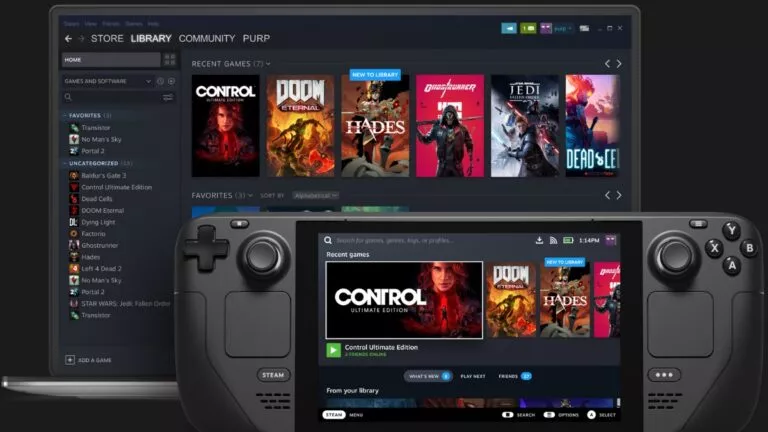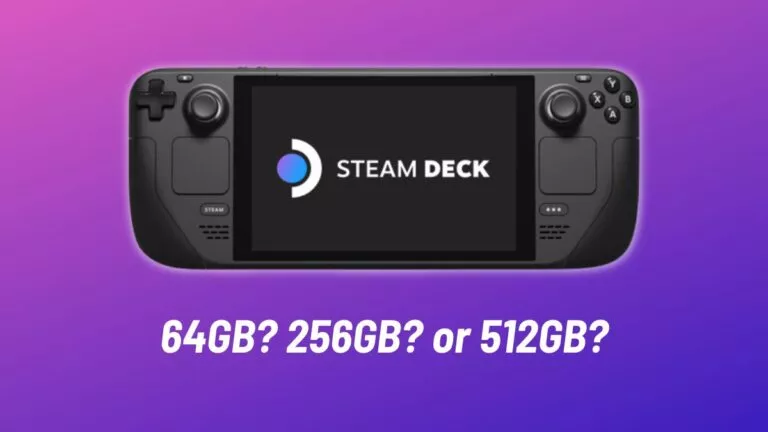What Is An eGPU (External GPU)? Does My Laptop Support eGPU?
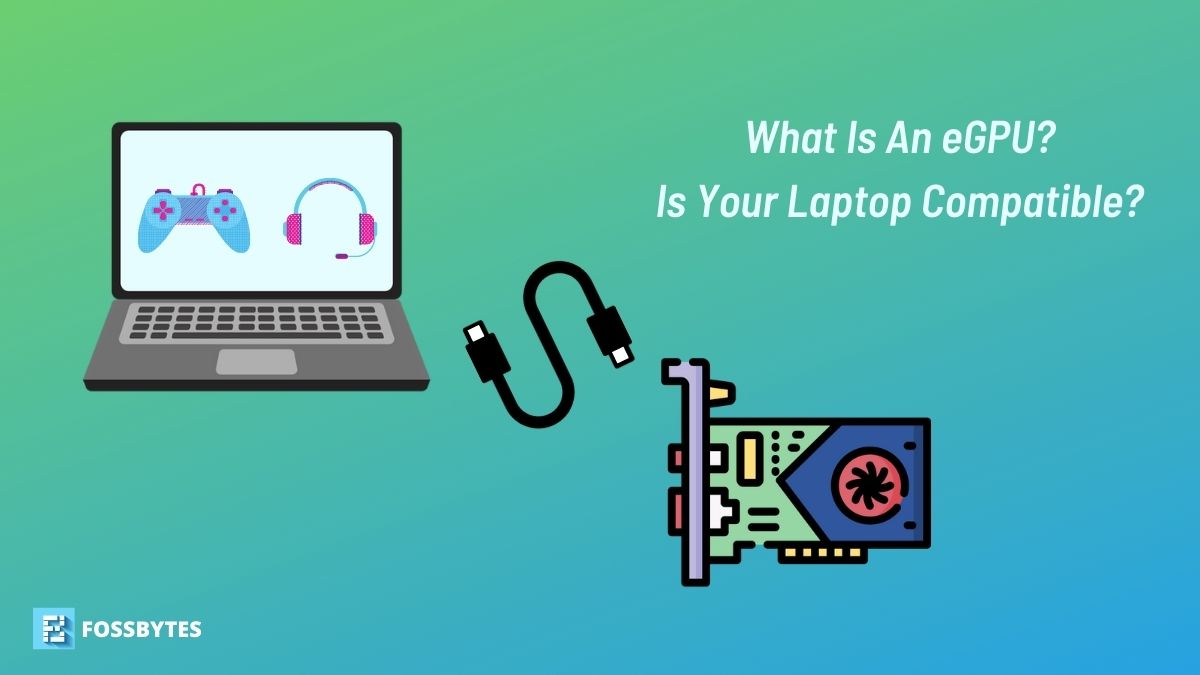
With the rapid advancements in the semiconductor industry, CPUs and GPUs have gotten very powerful over time. Gone are the days when the millennials dreamt of smooth 1080P gaming at 60 frames per second; 8K at 120fps is the new new, and GPUs such as the NVIDIA RTX 4090 and the Radeon RX 7900 XTX make it look like a piece of cake. That’s certainly great for fully-blown PC gamers that demand nothing but RAW power, but did you know that there is another category in GPUs that offer added flexibility to notebooks users?
eGPUs are a new breed of portable GPUs enclosed in an enclosure that can convert your laptop into a powerful gaming machine in seconds. In this guide, let’s look at what is an eGPU, how they compare to the traditional GPUs, whether your laptop supports it or not, and if you should buy one. With manufacturers cramming up the space in laptops, trying to make them as thin and light as possible, modern ultrabooks miss out on powerful GPUs, which creates the need for eGPUs.
What Is An eGPU?
eGPU stands for External GPU, which connects to your laptop externally. If your laptop has an integrated GPU that isn’t proving to be sufficient for your needs, you can buy an eGPU, connect it to your laptop’s ports (more on this later), plug the eGPU into a power outlet, and start gaming. This way, you can enjoy the portability of a thin and light laptop at work and desktop-level gaming performance during playtime.
An eGPU is made of an enclosure that houses a graphics card used in PCs. It connects via Thunderbolt ports or USB4 Type-C ports if your laptop has one. (Since USB4 ports can now use the Thunderbolt 4 spec). Also, since both USB4 and Thunderbolt 4 are closely tied together, USB4 is backward compatible with Thunderbolt 1, 2, and 3 specs.
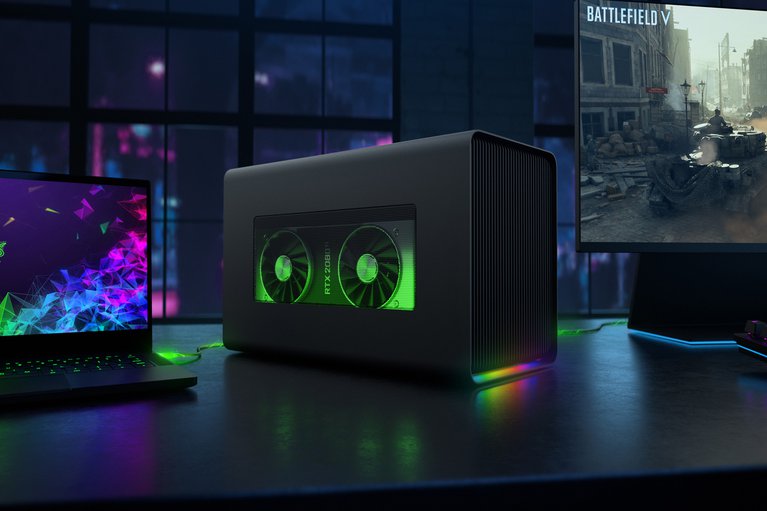
Gaming laptops are great, but one of the things that aren’t so great about them is the battery life, and that’s where eGPUs shine. Amazing, isn’t it? I’m pretty sure that this idea is something most tech enthusiasts wished existed a decade ago.
Although AMD has recently stepped up the battery efficiency game with their latest mobile chipsets, one cannot deny that the battery on gaming laptops will still not suffice for an entire day of use, even if the manufacturer significantly underpowers it by cutting down on the TDP of the GPU.
The other problem with gaming laptops is; they need to be plugged in while gaming, as the battery can’t deliver the desired wattage to the GPU. In contrast, most eGPU enclosures come with an external power adapter to supply power to the GPU. As a result, you can expect excellent battery life out of your laptop and long-lasting gaming sessions.
eGPUs: The Good and the Bad
“If everything’s so good about external GPUs, why aren’t they popular?.” That’s a great question, and the reason is; that imagine you just bought a thousand-dollar laptop, but the graphics performance is not enough for your work or gaming. To start setting up an external GPU, you’ll need to spend at least $300 for a GPU enclosure and, say, a Radeon RX 6700 XT or RTX 3080, which will set you at around $600.
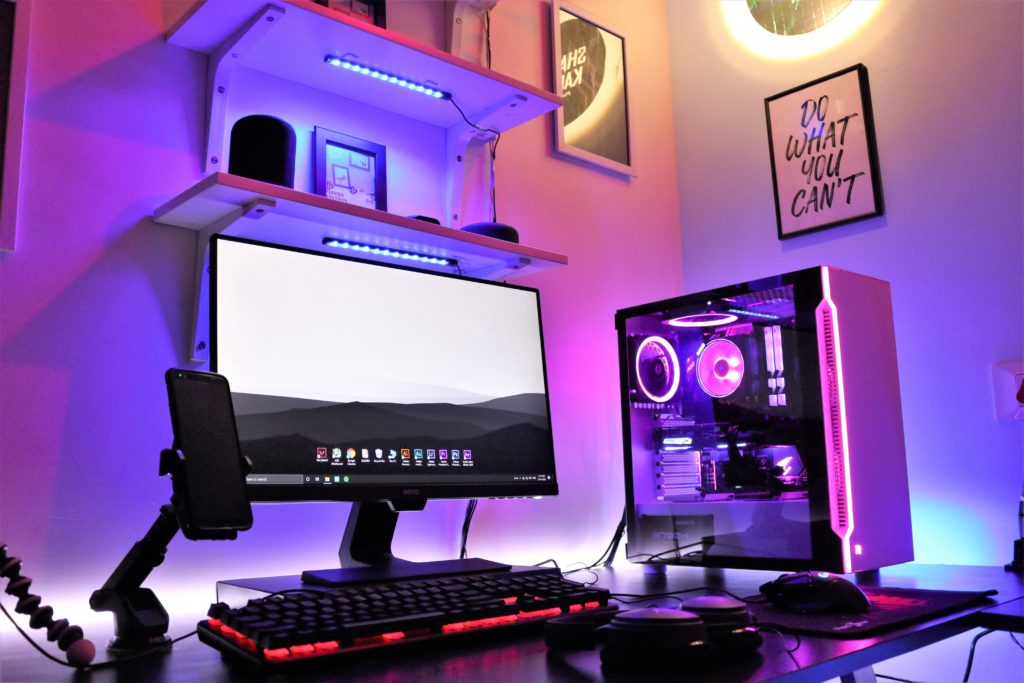
$1000 is a lot of money for an eGPU enclosure and a GPU; however, if you try to buy them both second-hand, you could wrap it up under $700, which isn’t much considering you’ll be able to play the latest AAA titles. Hence, it’s definitely one of the ways you can game on your thin and light laptop. Bear in mind that this is after taking into consideration the fact that your laptop has a USB4 or Thunderbolt 4/3 ports.
The overall cost is expensive
Portability is one of the main reasons to buy an eGPU. Gaming laptops are bulky and too flashy for work, whereas you can have a MacBook or lightweight Windows laptop that you can use at work and plug in an eGPU at home to enjoy the weekends.
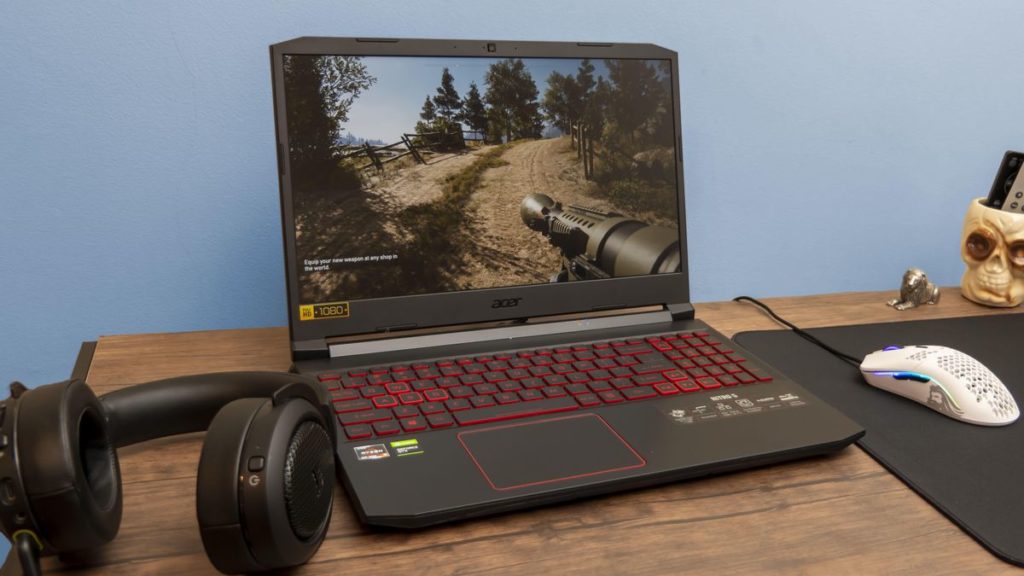
If you own a laptop with a “not so old” CPU, you can save money by opting to buy a relatively cheap eGPU like the AKiTio Node for around $300 and a 3080 for $600. A good RTX 3080 gaming laptop costs upwards of $2000, which means by choosing to go with an eGPU, you’ll end up saving $1000 and above.
Not to mention, desktop graphic cards almost always run at more TDP compared to mobile GPUs. Hence, an eGPU should give you the most out of the graphics card and games. However, you should also keep an eye on bottlenecks.
Look out for Bottlenecks
With Thunderbolt 3 or 4, you’re limited to 4 PCIe lanes, which, when paired with a GPU with higher lanes, can cause a bottleneck. Not to mention, your laptop processor and RAM also play a crucial role in determining how much an eGPU will bottleneck. Ideally, a 3080 should run about 20-30% slower in eGPU when compared to running it directly on the PC. While that might sound steep, the eGPU will still perform better than most mobile GPUs.
Does My Laptop/PC Support eGPU?
If your laptop has USB4, Type-C Thunderbolt 4, Thunderbolt 3, Thunderbolt 2, M.2 NVMe slot, mini PCIe, or an ExpressCard slot, your laptop/PC supports eGPU. Most modern eGPU enclosures plugin via Thunderbolt 3 port; some work via the Thunderbolt 2 interface. Apart from that, you can also use any vacant M.2 NVMe slot(s) on your Laptop/PC or the mini PCIe slot where the WLAN (Wi-Fi) card usually resides.
One of the crucial things to remember is that Thunderbolt 3 uses a Type-C interface, but all Type-C ports on laptops need not be Thunderbolt ports. Most modern and expensive laptops use Thunderbolt ports for charging, but most laptops, especially inexpensive ones, don’t necessarily come with Thunderbolt ports. However, if your laptop has a USB4 port, you can use Thunderbolt 3.
If you want to know more about M.2 connector types, check out our how to install an SSD to make your computer faster article.
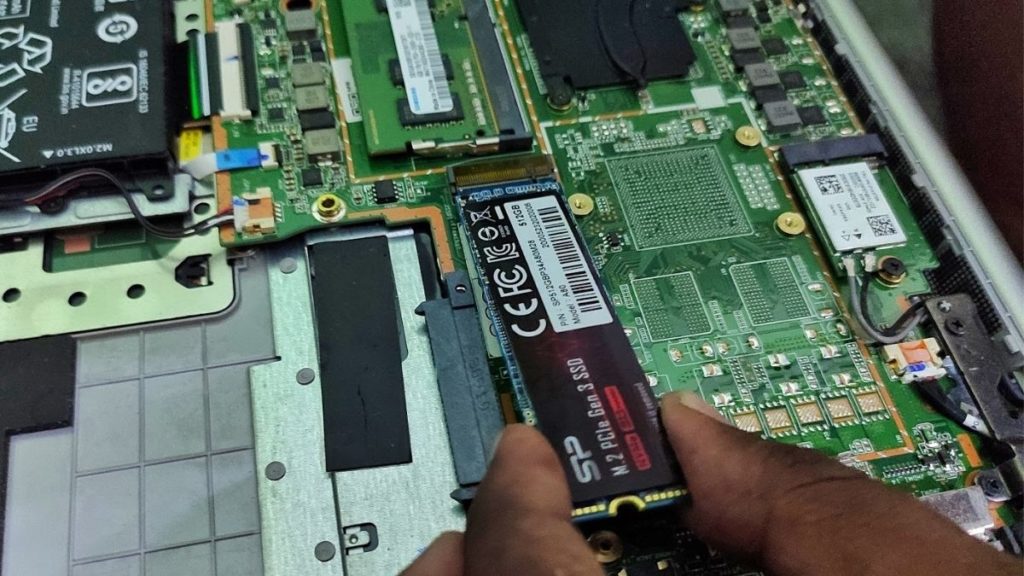
Apart from the Thunderbolt 4/3 ports, which is a common approach for eGPUs, using the slots like M.2 NVMe, ExpressCard, and mini PCIe would need you to open the laptop’s back and jiggle with a mess of wires which, trust me, isn’t going to be easy if you’re a non-techie.
Not to mention, these methods are highly inefficient and considering no one has tried plugging in a GPU via these slots in the exact laptop model that you own, you’ll be taking a hunch at something that potentially might not work out that well.
To check all the GPU enclosures available, you can check out this guide on the eGPU website. To connect a GPU to an M.2 NVMe slot, you’ll need a separate accessory which should cost you around a hundred bucks. One of the popular accessories that we know of was first reviewed by Linus Sebastian on the Linus Tech Tips Youtube channel called GDC EXP.
This video digs deeper into various aspects of eGPUs.
Discrete Graphics Vs eGPU: Which One Performs Better?
You guessed it. It’s the discrete graphics that’ll perform as the GPU is directly connected to the motherboard. The bottleneck will be noticeable, as mentioned earlier. Hence, if your main focus is squeezing every millimeter of performance from your GPU, an eGPU isn’t for you.
Using eGPUs For Cryptomining
With the rise in popularity of cryptocurrency, cryptomining has become one of the most popular jobs and profitable for most individuals. Mining requires many CPU and GPU resources; hence, if you’re planning to mine, your laptop with an integrated GPU might not be sufficient. Hence, you can use eGPUs for cryptomining.

Although mining cryptos like Bitcoin isn’t feasible now (because many huge Bitcoin mining firms have too many powerful resources, they end up taking all mined resources, leaving individuals with almost nothing), you can mine cryptos like Dogecoin and Litecoin. If you want to know more, check out our “what is Dogecoin?” article. If you’re new to the crypto mining scene, this discussion on the eGPU forum will help you understand what exactly we’re talking about.
Should You Buy An eGPU?
And the answer is no unless you value portability above everything. If your laptop has a Thunderbolt 3 port and budget isn’t a problem, buy an eGPU enclosure and a GPU. Building a PC remains the better option for those needing more performance. eGPUs work best with upper mid-range GPUs; hence, we suggest against buying the most powerful GPU.
However, like any tech, buying an eGPU should also get cheaper in the future, hopefully. Would you buy an eGPU, provided you have a compatible laptop? Let us know in the comments section below.




